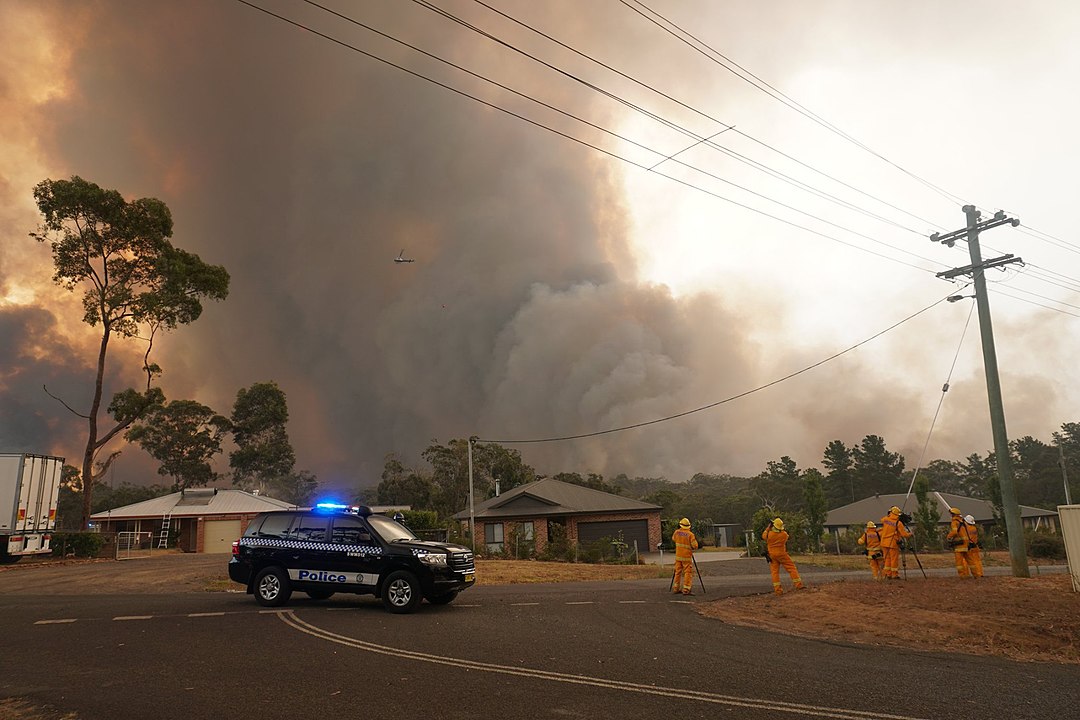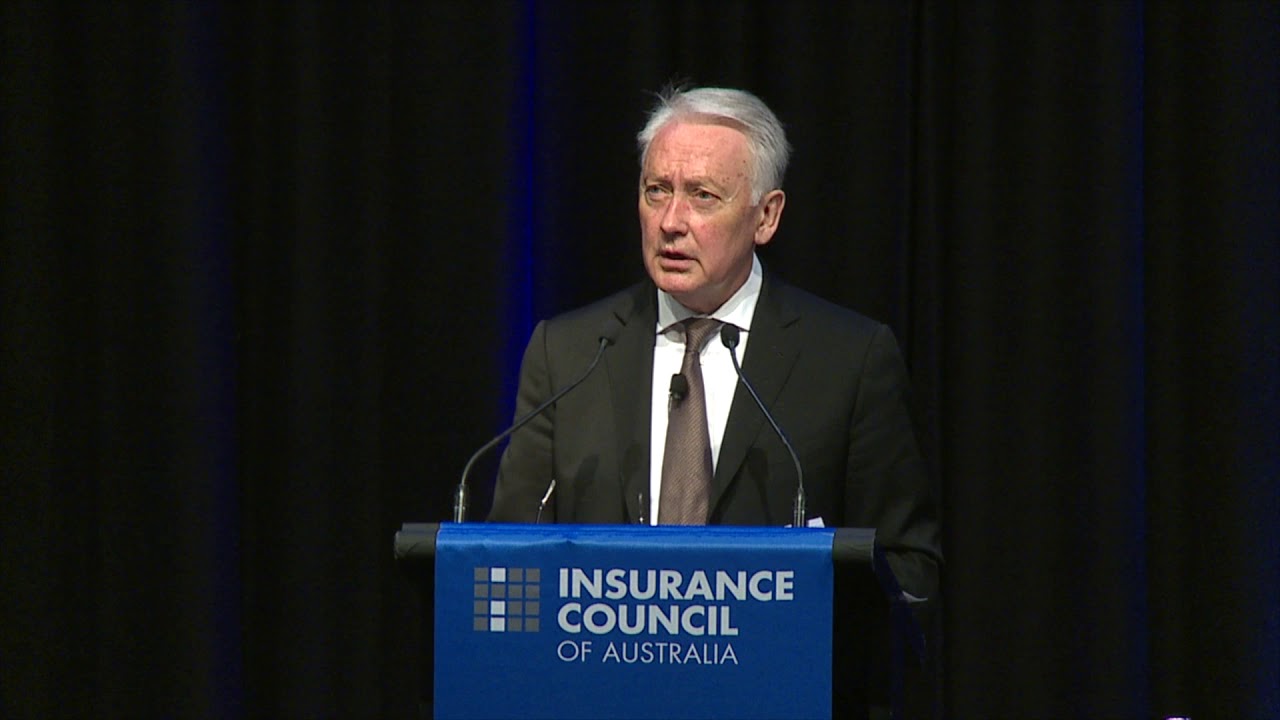Australia's prime insurance industry representative group has praised the government's 2bn Australian dollar recovery fund allocation as losses are expected to rise

Smoke seen from the village of Yanberra on the border of New South Wales (Credit: WikiCommons user Helitak430)
Bushfires currently raging across Australia have caused 700m Australian dollars in insurance losses so far — with the total expected to rise further, according to the Insurance Council of Australia (ICA).
The figure jumped by $269m from yesterday’s ICA estimate of $431m, as the number of claims from New South Wales, Victoria, Queensland and South Australia increased from 6,000 to almost 9,000.
After discussions between the ICA, a panel of insurance company representatives and federal treasurer Josh Frydenberg, Australian Prime Minister Scott Morrison yesterday pledged $2bn in financial assistance to families, farmers and business owners — as well as mental health support to first responders.
ICA CEO Rob Whelan said: “The meeting was conducted in a spirit of openness and collaboration, and was highly productive.
“The Insurance Council reassured Treasurer Frydenberg that the industry is harnessing all resources to help customers in the four states affected by catastrophic bushfires.

“The industry was heartened by the Treasurer’s understanding of the issues, and welcomed in principle the Commonwealth’s $2bn commitment towards recovery efforts.”
PM Morrison committed to providing more funds should they prove necessary, as he stated that bushfires in the country — which have caused 25 confirmed deaths and destroyed 1,830 homes — could burn for months.
How will the $2bn recovery fund be spent?
At a press conference in Australia’s capital Canberra, Morrison announced the $2bn fund would be split over the next two years, with $500m to be spent before June this year, $1bn between then and 2021, and the remaining $500m to be distributed between 2021 and 2022.
Whelan said he advised the government on how best to deploy the funds to help property owners and communities recover from the bushfires, urging them to follow the same “centralised and coordinated” property clean-up that followed the 2009 Black Saturday bushfires.
This historic spate of bushfires was the deadliest in Australian history, destroying more than 2000 houses and killing 173 people, despite the fact that it occurred on a reduced scale compared with the current bushfire crisis.
Victoria’s Black Saturday, burned 450,000 hectares (1.12 million acres) of land, compared with the 5 million hectares (12.35 million acres) of the current crisis.
In the aftermath of the fires, several environmental agencies — known as landcare groups — were organised and granted funding to help with the recovery of affected communities and the natural environment.
Natural Resource Management (NRM) — a representative network concerned with the country’s environmental resources — states in a section on Black Saturday on its website that the “environmental recovery was intricately linked with the human recovery”.
Whelan described the clean-up effort as “effective and efficient”, and said it “improved outcomes for property owners”.
